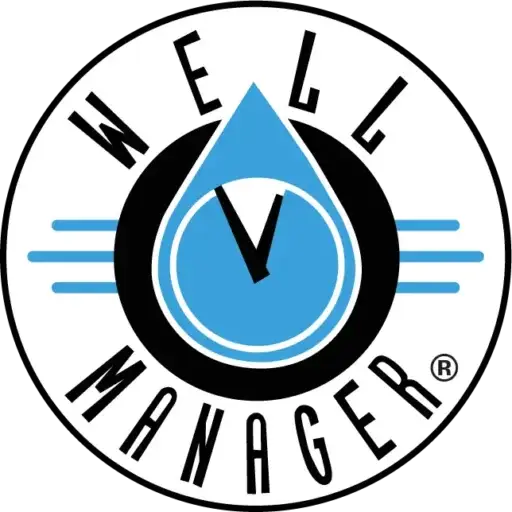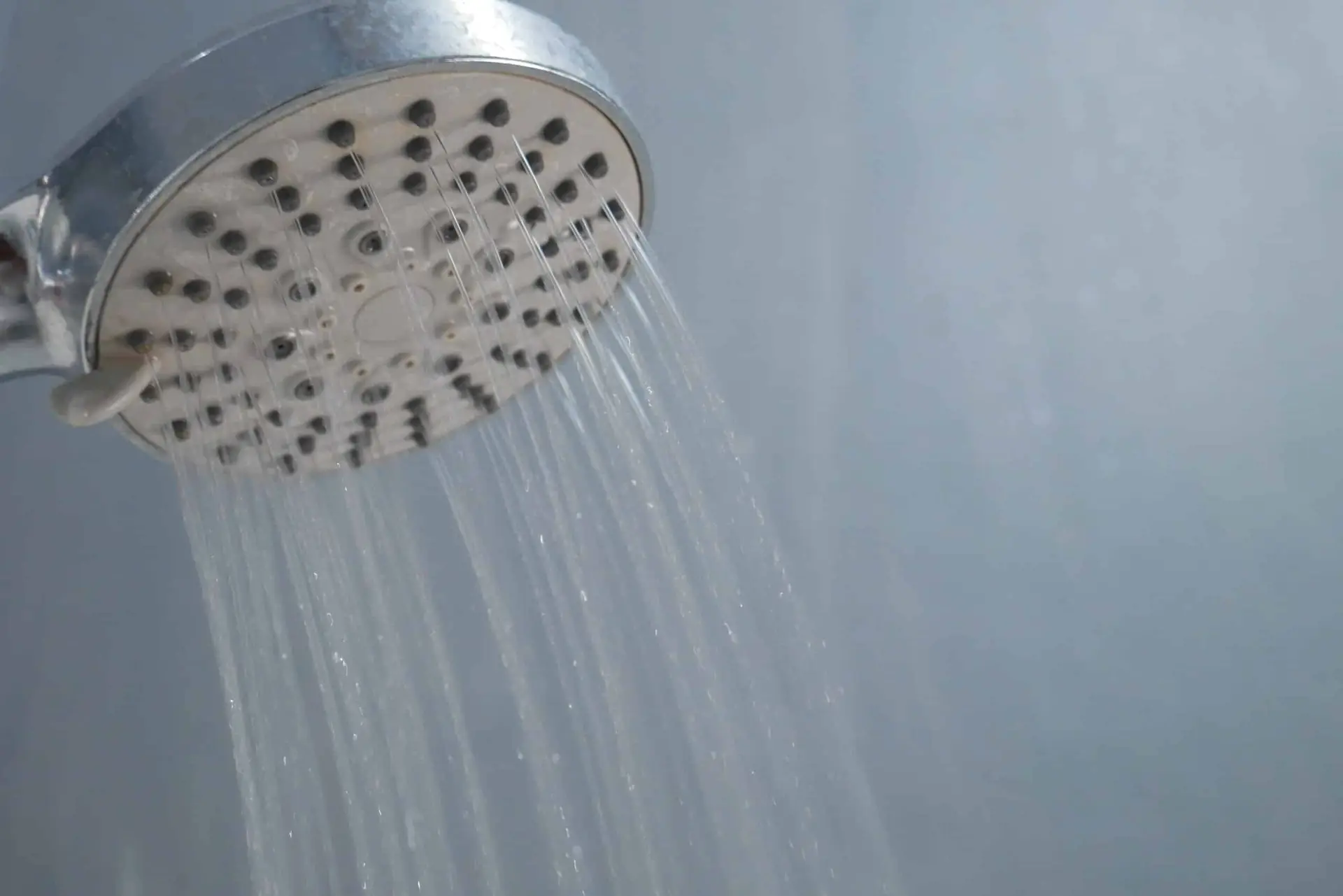Drilling deeper or more wells is often the first response a good driller will give when a homeowner faces the problem of low-yield, low-pressure wells. This costly endeavor could end up costing people $10,000+ in fees. The problem with this expensive fix is that there is no guarantee that it will work. It is all too often that people dealing with low-pressure wells call us to fix their costly mistakes. Below, we want to highlight why digging deeper and more is only sometimes the best, most cost-effective option.
Low Water Pressure
Aquifer Depletion: Aquifers can become depleted due to excessive pumping for agricultural, industrial, or urban water supply, affecting how water pressure on a well is increased. For instance, the Ogallala Aquifer in the United States, one of the world’s largest, has seen significant depletion in areas due to intensive agricultural irrigation. Once an aquifer is depleted, digging deeper wells does not access more water, as the source itself is diminished, leading to low water pressure well systems.
Geological Factors: The composition and structure of underground rock layers significantly impact water availability and can be a factor in low water pressure well systems. For instance, in regions with a lot of granite or other impermeable rocks, water doesn’t percolate well, limiting the replenishment of the aquifer. Digging deeper into such geologies may yield fewer water sources, contributing to low water pressure in well systems.
Seasonal Variations: Groundwater levels can vary seasonally, especially in regions with distinct wet and dry seasons, impacting low water pressure well systems. In arid areas like parts of California, groundwater levels can drop significantly during dry seasons or drought periods, reducing well water levels. However, these levels might naturally replenish during the rainy season, indicating that the issue is temporal rather than permanent.
Contamination: Deepening a well can sometimes tap into lower water-bearing zones that contain poorer quality water, affecting how water pressure is increased on a well. In industrial areas, deeper groundwater might be contaminated with chemicals or heavy metals, making the water unsafe. For example, in parts of Bangladesh and West Bengal, deeper wells have encountered arsenic contamination in groundwater.
Technical Limitations: The depth to which a well can be dug or drilled is limited by technology and cost, impacting how water pressure on a well is increased. Intense drilling becomes exponentially more expensive and technically challenging. In some cases, the cost of drilling to extreme depths can be prohibitive for a community or individual.
Regional Water Management Policies: In many regions, governments have implemented policies to regulate groundwater use to prevent over-extraction, affecting low water pressure well systems. For instance, in parts of India, there are strict rules about drilling new wells, especially in areas facing severe groundwater depletion, to prevent further lowering of the water table.
Hydraulic Connectivity: Wells nearby can influence each other if they tap into the same aquifer, impacting how water pressure is increased on a well. For example, in densely populated areas where many wells tap into a single aquifer, the cumulative effect of all these wells can lower the water table, making it less effective to dig a single well deeper.
If you suffer from low water pressure from your well, we have a tried-and-true solution. We guarantee you’ll love your Well Manager System or Well Watcher System. Give our talented team a call to find out how you can revolutionize your water supply.
Related Reading
- Is Your Well Pressure Dropping? Here’s Why Quick Fixes Won’t Work
- Well Manager Timed Water Collection System for Low-Yield, Low-Water Pressure Problems
- How Can You Prevent Your Well from Running Dry Again and Again?
- Why a Booster Pump Alone Often Isn’t Enough to Meet Residential Well Water Demands
- What Do I Need to Ensure My Summer Camp Can Efficiently and Reliably Run on Well Water?


